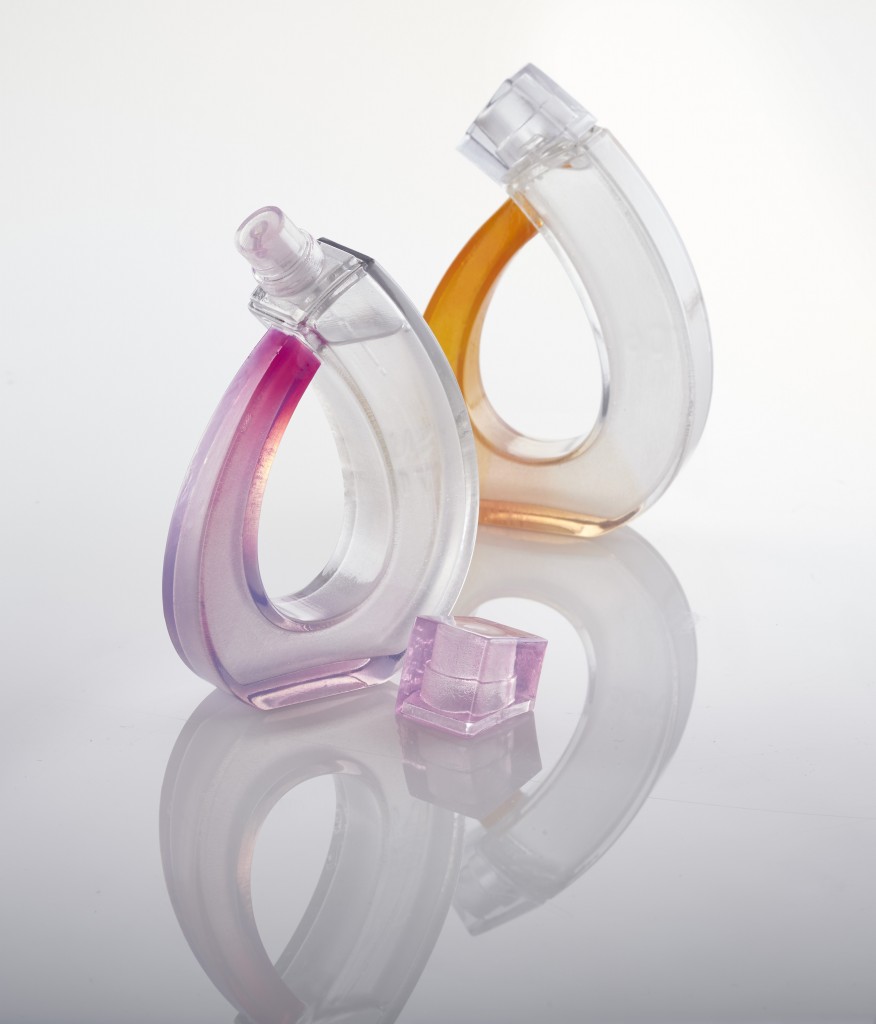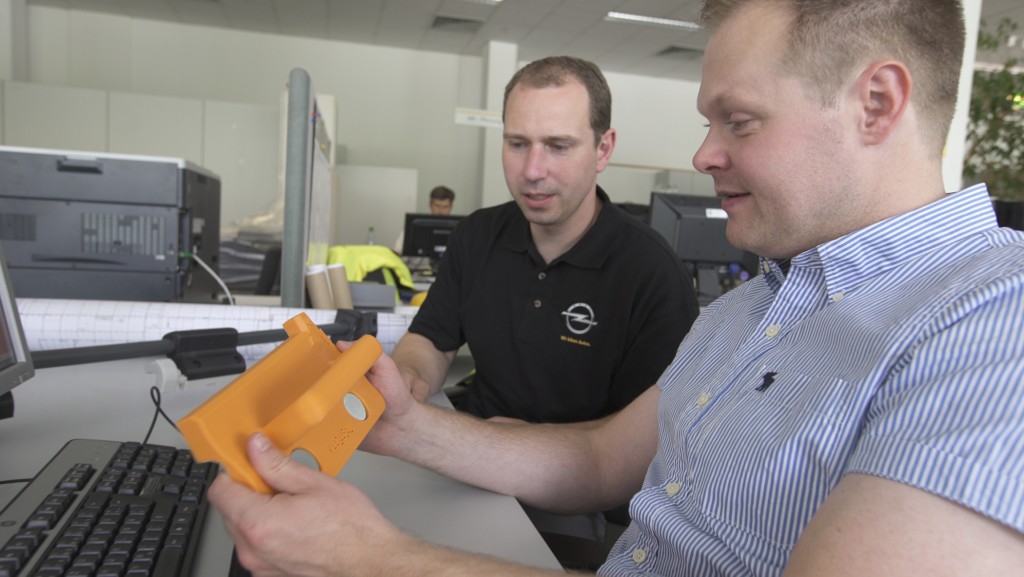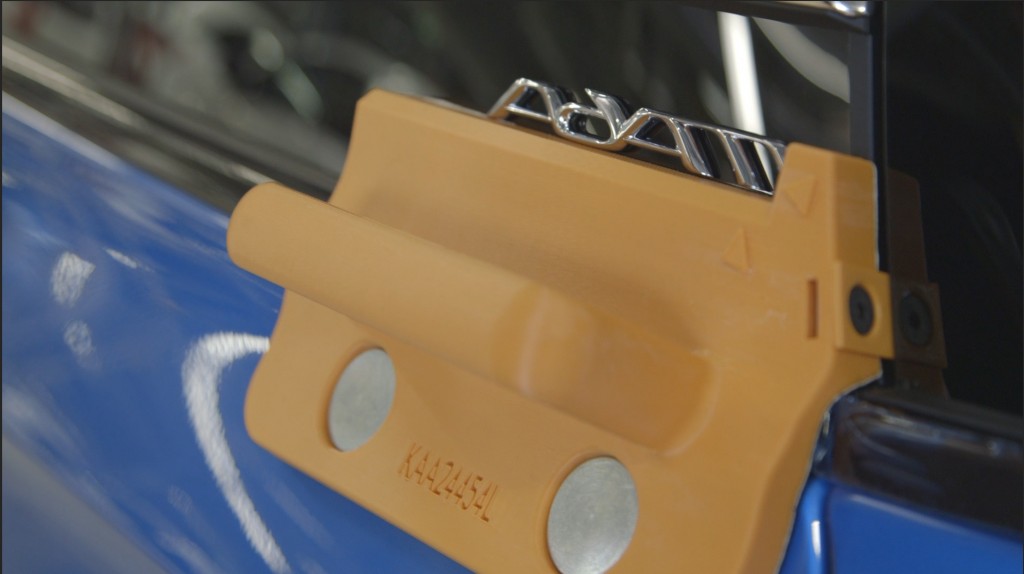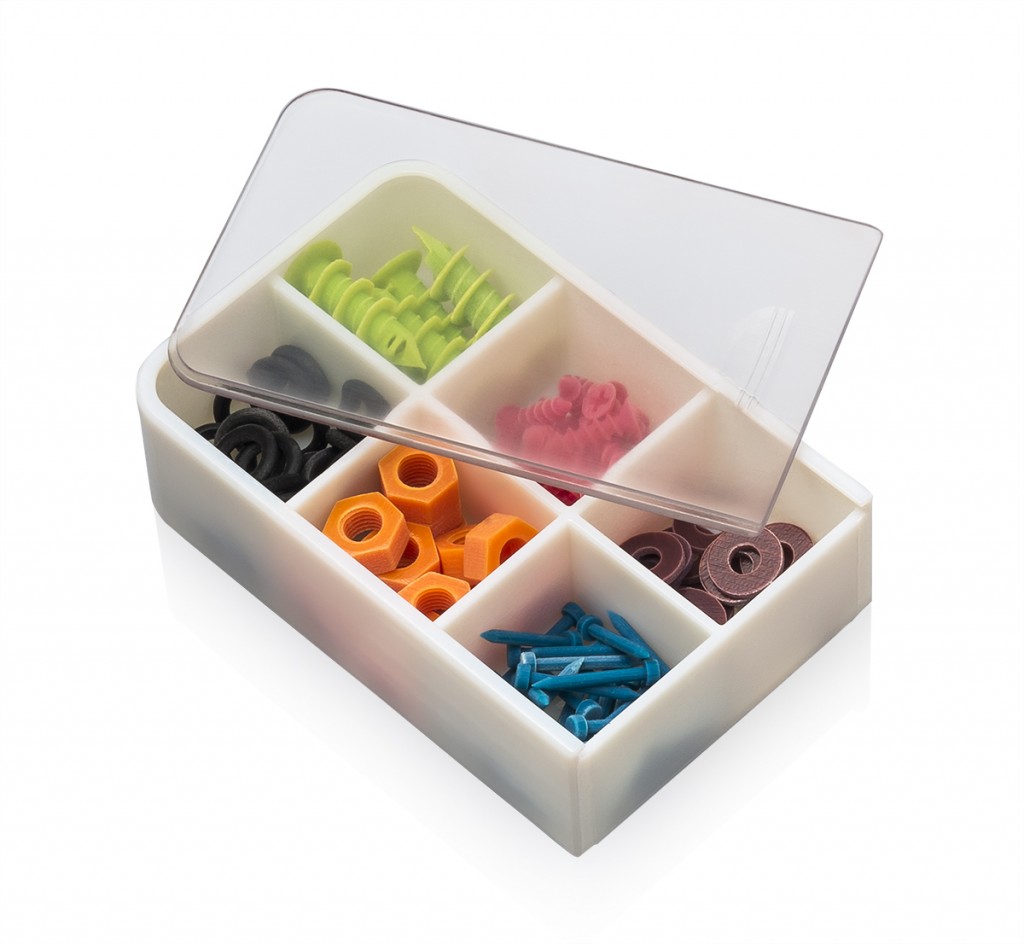We’ve said lots about how metal will bring AM processes into serial manufacturing, but the reality is that, while serial 3D printing is a not-so-far and truly fascinating future, the biggest current market for 3D printing is prototyping. That is reflected by the fact that current industry leader Stratasys, whose activities are almost entirely related to prototyping, records revenues that are almost four times as much as those recorded by EOS, whose SLS and DMLS machines are already eyeing mass production. During his press conference, Stratasys CEO David Reis showed that the $15 billion prototyping market has only implemented 3D printing for 20-25% of its operations, so one of the company’s focus will be targeting the remaining portion. However, that is just part of the equation that the Israeli-American company will follow to continue leading the 3D printing industry into the future. Nicole Clement, Marketing Director EMEA, told us the rest in this exclusive interview.

It’s basically a further enhancement of the [previous] material. It’s not completely new, but it’s easier to be washed away and it’s much more user friendly. It requires a shorter time to be washed away, and it is easier to handle.
Is the newly announced Opel partnership focusing on prototyping or production?
What we announced is that Opel Germany are going to be working with Stratasys for all their tooling requirements. They have had a Dimension machine for prototyping for a while. When they bought the Dimension, they tried a lot of things out and they realized that there were some limitations. So, they now invested in some Fortus-class machines, which they are using for actual tooling production. This deal begins with the German plants, but will be expanding 3D printing to the whole of General Motors, as well. So, all the tooling worldwide will be manufactured with 3D printing and that’s a really big deal for the industry as a whole.

As far as we know they are extremely happy with our machine. They also have a very clever design department for tooling, and their vision is to replace every single tool on the production line with 3D printed tools. This is becoming a necessity as the average age of the worker in an Opel factory is about forty, so they now have a large number of elderly people and they want to make it as easy as possible for them to assemble parts. I was personally there just two weeks ago, and they showed me the traditionally manufactured tools and the 3D printed ones.
How does a 3D printed tool help speed up to workflow?
The 3D printed versions of the tools were perfect. The great thing is that the production line personnel now work together with the tooling department seamlessly. They tell them what their specific requirements are and the tooling technicians ergonomically design the ideal tools. They also use all kinds of different materials. For example, Nylon-12 is used because it is rigid, but also flexible enough to be bent in a certain way so that it can be used to do the hex spoiler and the rooftop of the new Opel Adam. They do all the tooling for that and also for the text that goes in the back of the car.
Which other car manufacturers have adopted this tooling strategy? Is it true that BWM is using 3D printing for some end parts as well?
We also have such partnerships in place with Volvo Trucks. BMW also does a lot of prototyping using our machines, but, generally, these are kept secret because prototyping is generally a very delicate process.
Where do you see the 3D printing industry going?
We see a really big opportunity in this whole tooling area, while certainly end-use parts and production parts still have some technology limitations, in terms of speed and material quality. In some areas, such as the medical field, we already do a lot of end-use parts and, in regards to tooling, there’s not much limitation. We’re also still in the prototyping space and we have done research to prove that it is not even close to being saturated. We know from our clients – we now have over 140.000 of them – that only less than 25% of all prototypes are built with additive manufacturing. We see a great potential especially in the area of functional testing, along with, of course, the tooling.
Is this why you are consolidating everything under the new company’s structure?
Exactly. The idea is that, now that all acquisitions have been completed, we are now a complete 3D printing solutions company. We have integrated solutions from A to Z, and we need to bring people on board. We now investigate the possibilities for AM implementation together with our customers and support them in forming a working strategy. We help them understand where 3D printing can be useful for them and where not. We always have these “wow” effects when people understand what 3D printing can do for them, but we need to actually address the needs of the customers, showing them practical applications. Offering a complete solution means they don’t just have the option to purchase a machine, but also – where convenient – leverage the external 3D printing services we also offer.
Getting into the future of manufacturing is the dream of everyone involved in 3D printing. Until that future arrives, however, leading companies must focus on the present, and that means augmenting current manufacturing practices, with better tools and prototypes. The future of manufacturing will have to be built brick by brick.





